Following the publication of the major natural history texts in the new print technology and the dispute amongst humanists concerning the errors in Pliny’s Historia Naturalis, the next major developments were not driven by a direct interest in botany as botany, but by a desire to reform the teaching and practice of medicine. In their personal dispute Niccolò Leoniceno (1428–1524) and Pandolfo Collenuccio (1444–1504), although they disagreed on the quality of Pliny’s work, agreed that for the identification of the plants discussed by Pliny, Dioscorides, and Theophrastus a study of the literature was insufficient and needed to be substantiated by a study of the plants growing in the wild.
As the Ferrarese professor of medicine and critic of Pliny, Niccolò Leoniceno, queried in 1493, “Why has nature provided us with eyes and other organs of sense but that we might discern, investigate, and of ourselves arrive at knowledge?”[1]
Collenuccio wrote in his Pliniana defensio in 1493:
For fitness to give instruction in botany, it does not suffice that a man read authors, look at plant pictures, and peer into Greek vocabularies … He ought to ask questions of rustics and mountaineers, closely examine the plants themselves, note the distinction between one plant and another; and if need be he should even incur danger in testing the properties of them and ascertaining their remedial value[2]
This awareness of the necessity of empirical study of the plants under discussion kicked off the study of practical botany in the sixteenth century. We will follow this development in future post and here just mention the publication of guides to such a study in the 1530s, by two students of Leoniceno. Euricus Cordus (1486–1535) published his Botanologicon, a discussion on the topic between five participants in 1535 with a second edition appearing in 1551.

Antonio Musa Brasavola (1500–1555) published his dialogue on the topic, Examen omnium simplicium medicamentorum, quorum in officinis usus est in 1537.
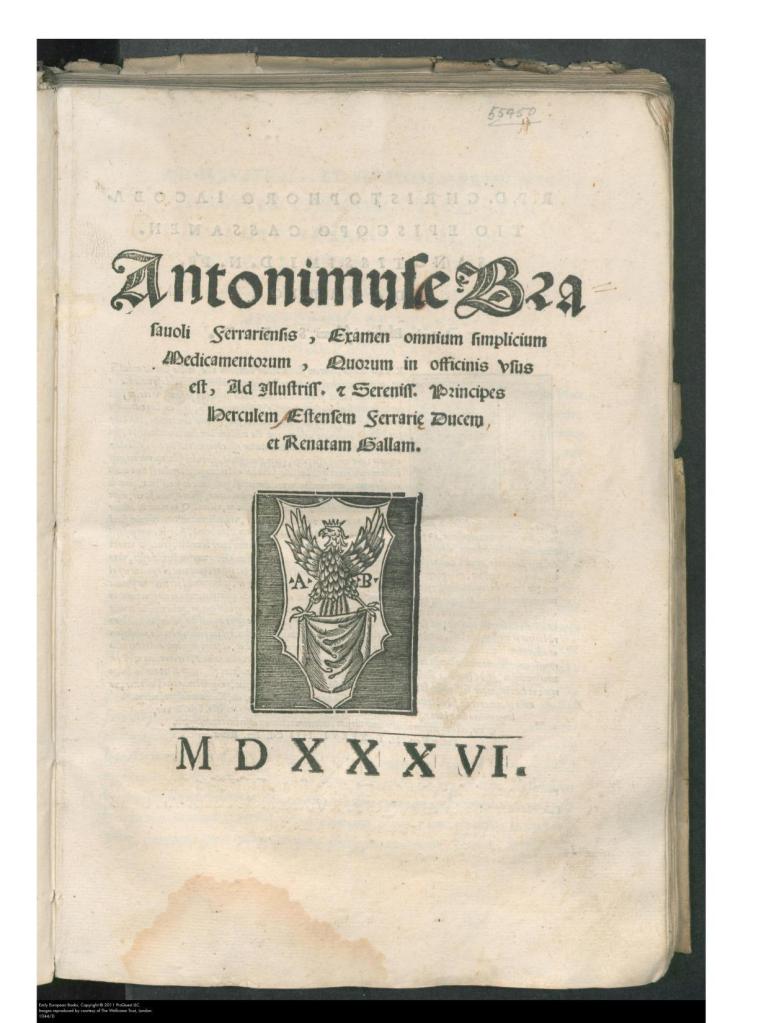
Here I will address Leoniceno’s motivation for his studies and their consequences.
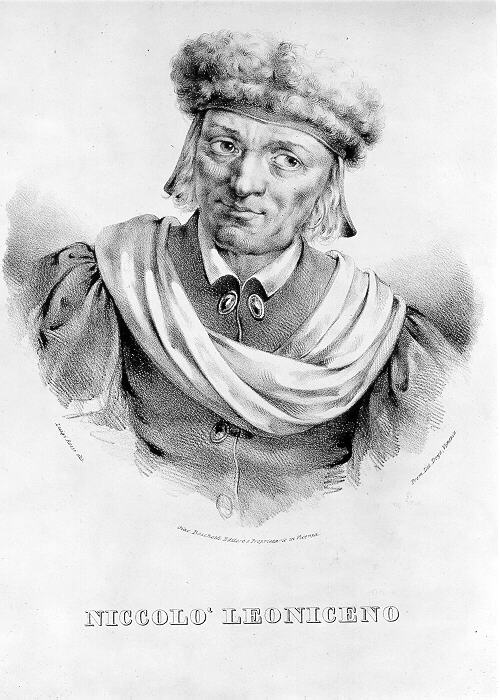
In his detailed philological study of Pliny, Dioscorides, and Theophrastus, Leoniceno’s concerns were with the medical treatment of patients. He wanted to be certain that when applying the herbal remedies of Dioscorides or Galen that the apothecaries, who produced the medical concoctions had correctly identified the simples to be used. To fulfil this aim, he was of the opinion that medical students should learn the materia medica, as part of their studies. This idea was revolutionary in the medical education on the medieval university. In the Middle Ages the materia medica, the preparation of herbal medicines, was the province of the monks in their hospices and the apothecaries and not the learned professors of medicine. This changed under the urging of Leoniceno and his students.
A chair for simples was established by Pope Leo X in Rome in 1513 with the appointment of Guiliano da Foligno. However, La Sapienza was closed with the sack of Rome in 1527. The chair was re-established in the middle of the century. The first permanent chair for medical simples was established at the University of Padua in 1533. At the University of Bologna Luca Ghini (1490–1556) began lecturing on the topic in 1527 and was appointed professor in the academic year 1533-34.
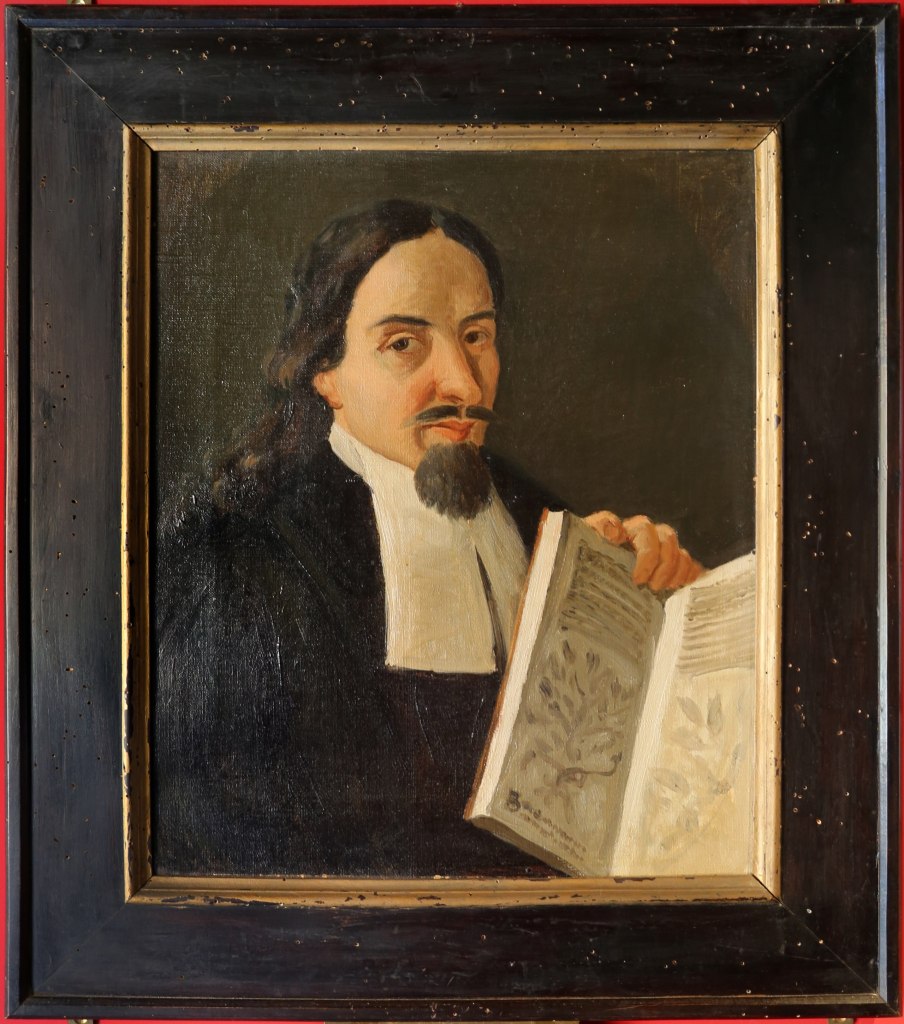
At Ferrara, Leoniceno’s own university, Antonio Musa Brasavola and his student Gaspare Gabrieli (1494–1553)
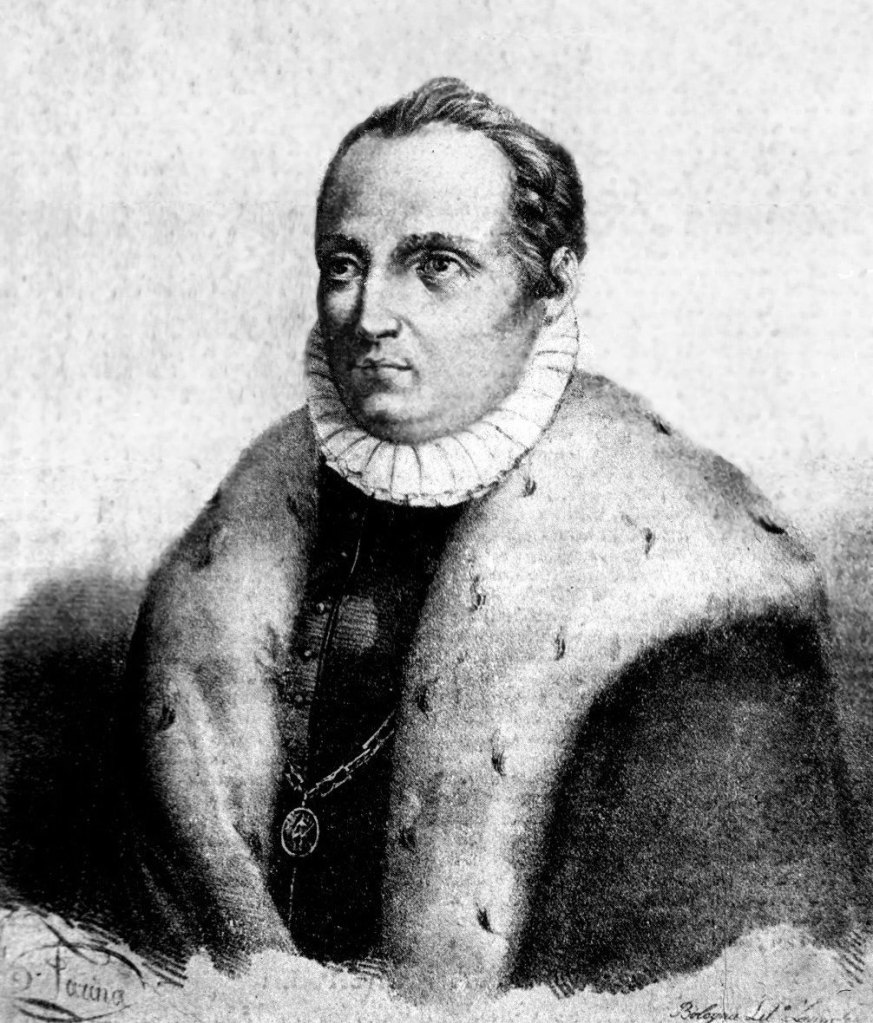
as well as the Portuguese physician Amato Lusitano (1511–1568), author of a key works on Dioscorides, Index Dioscoridis (1536); Enegemata in Duos Priores Dioscoridis de Arte Medica Libros (Antwerp, 1536); In Dioscorides de Medica materia Librum quinque enarrationis (1556), pushed the study of materia medica.
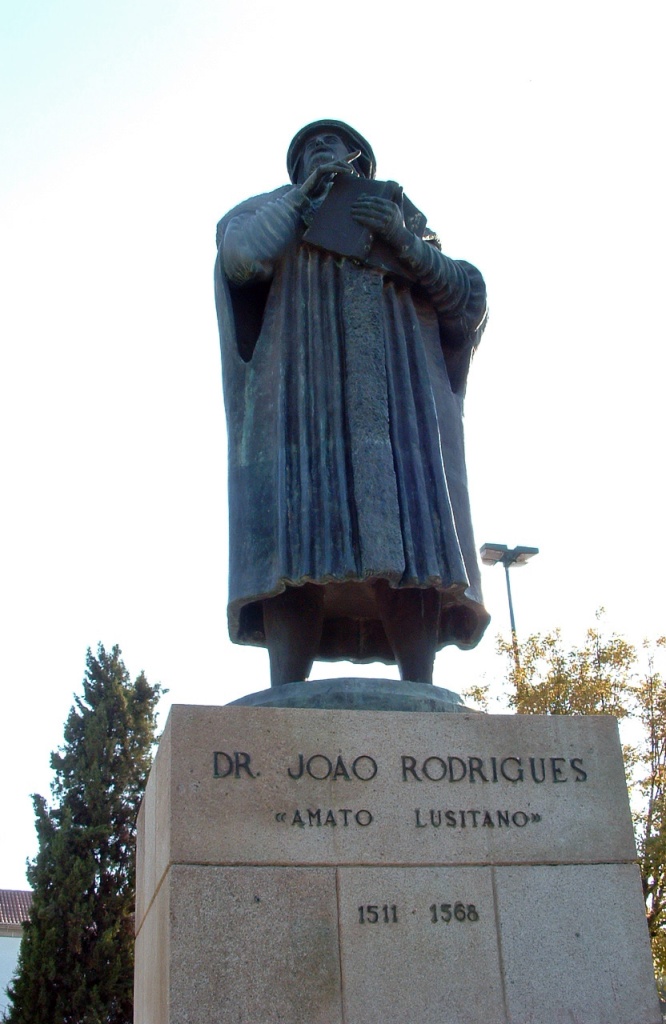
In 1543, Grand Duke Cosimo reopened the University of Pisa and wooed Ghini away from Bologna to hold the chair of simples. As the century progressed the smaller universities such as Parma, Pavia, and Siena followed suit.
The study of simples did not remain confined to the Italian universities. When Leonhart Fuchs (1501–1566) was appointed professor of medicine at the University of Tübingen he began teaching Dioscorides’ Materia medica.
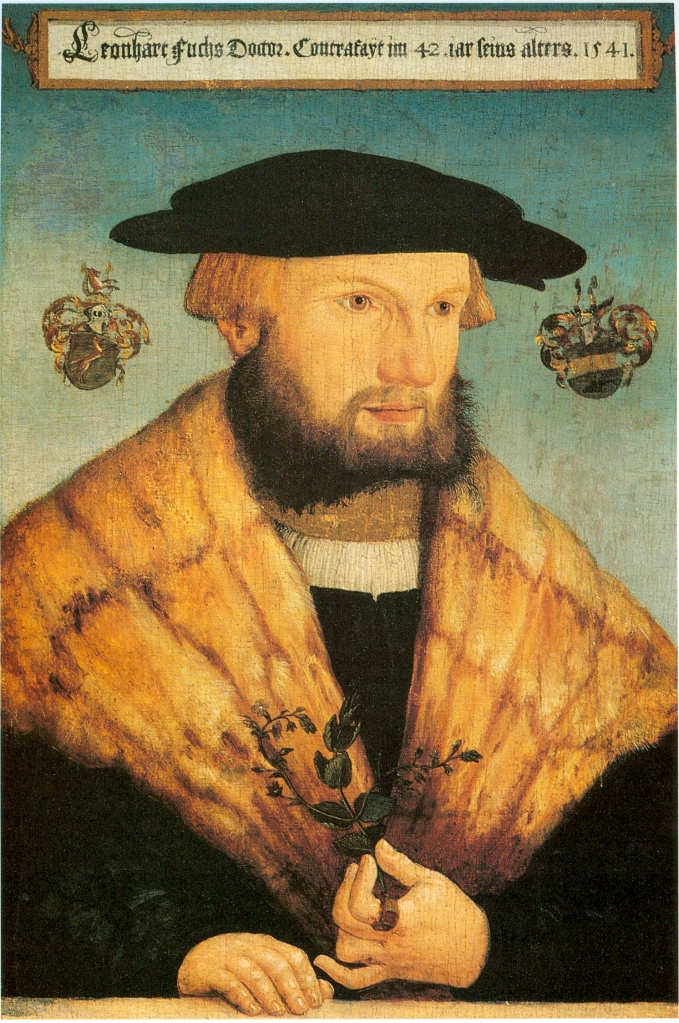
Guillaume Rondelet (1507–166) began to teach Dioscorides at the University of Montpellier, a major centre for the study of medicine, in 1545.
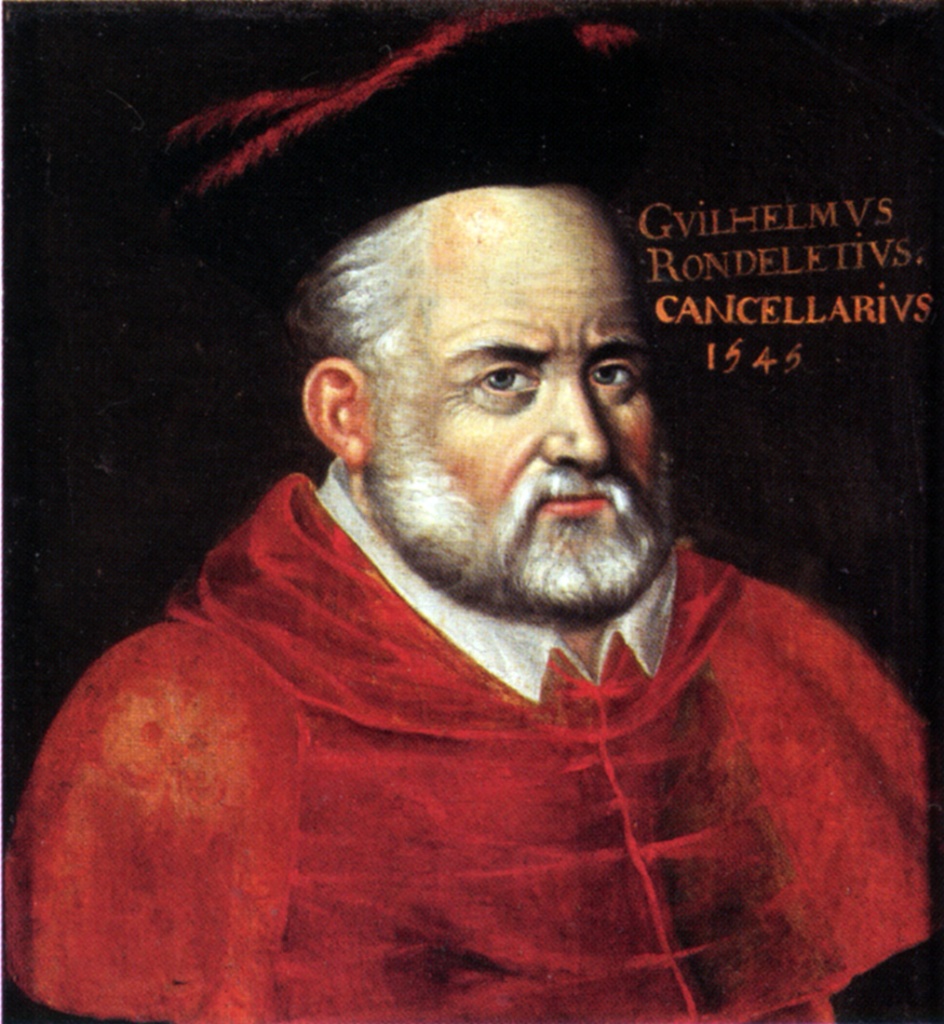
When the University of Leiden was founded by William of Orange in 1575, the professors of medicine were almost all graduates of the North Italian universities, who brought the teaching of simples with them.
Having established themselves as authorities in the field of materia medica the medical authorities now applied themselves to establishing that authority over the apothecaries, creating a medical hierarchy with themselves at the top and the apothecaries answerable to them. This was a major change in the field of medicine in the Early Modern Period. Throughout the Middle Ages the various branches offering medical services, university educated physicians, barber-surgeons, apothecaries, midwives, and herbalists existed parallel to each other with differing cliental. The barber-surgeons and the apothecaries served the needs of the physicians but were not beholden to them. If the patient of a physician needed a bloodletting, a barber-surgeon was called in to perform the task. If a physician’s patient required a herbal remedy, then this was supplied by an apothecary. However, the three branches functioned largely independently of each other. This would change during the sixteenth century.
To effect this change, the physician moved away from the medieval system of control through the universities and guilds, setting up colleges of physicians organised and legitimised by the ruling political authorities. These colleges of physicians were responsible for the activities of all physicians within their political domain. The apothecaries mirrored this move by setting up colleges of apothecaries, later the barber-surgeons would do the same. The political authorities in the Italian states also set up the Protomedicato, a board of physicians appointed to oversee the medical provision within the area. The concept of the Protomedicato predated the introduction of the materia medica into the university medical curriculum but the major change was that the apothecaries were now answerable to the Protomedicato, which had the power to control their activities. To check that they were using the correct simples in their recipes, to control the quality simples and so forth. The physicians now also had the power to grant or deny a licence to an apothecary, who wished to open for business within their area of control.
The final act of dominance of the physicians, with their newly won knowledge of materia medica, was the Antidotarium. This was a catalogue of antidotes or remedies issued by the college of physicians that proscribed for the apothecaries how these were to be concocted. Through these various developments the apothecaries had ceased to be independent and were now subservient to the physicians. As with the other developments, this power takeover within the medical professions, whilst it had its roots in Northern Italy was not restricted to it and spread fairly rapidly throughout Europe and the European colonies. Later the barber-surgeons and the midwifes would also become incorporated into this medical hierarchy.
[1] Paula Findlen, Possessing Nature, University of California Press, 1994. ppb, p 158
[2] Findlen, p. 165